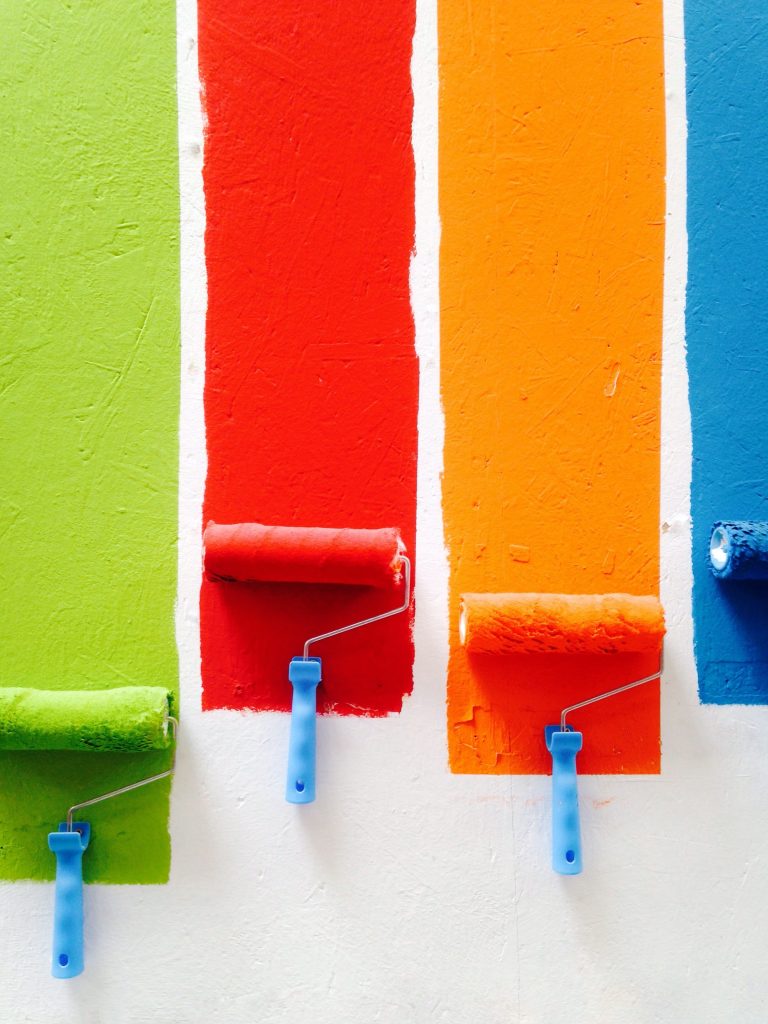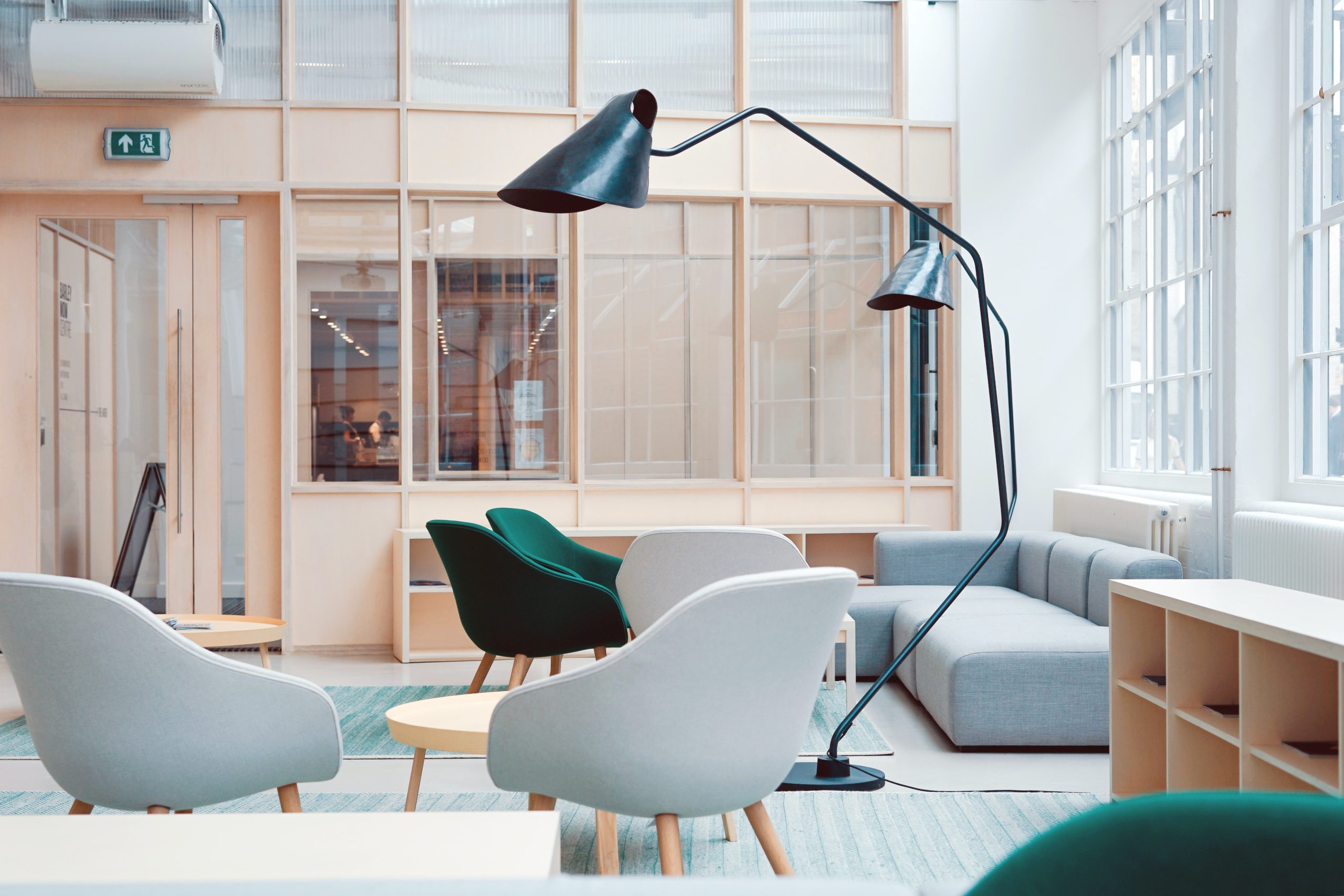Creating a captivating and dynamic home decor isn’t just about choosing the right furniture and colors; it’s also about mastering the art of mixing patterns and textures. By skillfully blending different patterns and textures, you can add depth, visual interest, and a unique touch to your living space. In this article, we’ll delve into the secrets of harmoniously combining patterns and textures to create a stunning and harmonious home decor.
1. Start with a Neutral Base:
When experimenting with patterns and textures, begin with a neutral base. Neutral walls, floors, and larger furniture pieces provide a balanced backdrop that allows your patterned and textured elements to shine. Neutrals such as whites, grays, and beiges create a cohesive foundation that can tie together even the boldest of patterns.
2. Establish a Color Palette:
Choose a color palette that complements your personal style and the overall aesthetic of your home. This palette will guide your selection of patterns and textures, ensuring that they work harmoniously together. Consider using a mix of analogous or complementary colors to create a visually pleasing and balanced composition.

3. Mix Patterns with Different Scales:
To avoid overwhelming the space, mix patterns of varying scales. Combine large-scale patterns with smaller ones to create a sense of balance and prevent visual chaos. For instance, you can pair a bold, large floral print with a more delicate geometric pattern to achieve a harmonious look.
4. Create a Focal Point:
Select one or two patterns or textures to serve as focal points in each room. This could be a vibrant patterned accent wall, a textured upholstered chair, or a statement rug. By having a focal point, you anchor the room’s design and provide a visual point of interest for the eye to gravitate toward.
5. Mix Textures for Depth:
Texture adds tactile interest and depth to your decor. Incorporate a mix of textures like smooth, rough, soft, and shiny to create contrast and make your space feel more inviting. Incorporate textured textiles like chunky knit blankets, velvet pillows, and woven baskets for a multi-dimensional look.
6. Coordinate Patterns with Solids:
Balance is key when mixing patterns and textures. Pair patterned pieces with solid-colored ones to provide a visual rest and prevent overwhelming the space. Solid-colored furniture or decor items can serve as a buffer between patterned elements, allowing each pattern to stand out while maintaining harmony.
7. Experiment with Layering:
Layering patterns and textures adds depth and dimension to your decor. Layering can be achieved through a combination of textiles, such as throw blankets, rugs, and curtains. A patterned rug layered on a textured floor can create a visually rich and inviting area.
8. Trust Your Intuition:
Ultimately, the art of mixing patterns and textures is a creative endeavor. Trust your intuition and personal preferences. If a combination feels right to you, it’s likely to work well in your space. Don’t be afraid to take risks and embrace your unique style.
Remember that mastering the art of mixing patterns and textures takes practice and experimentation. As you gain confidence, you’ll discover the magic of transforming your living space into a visually captivating and uniquely personalized haven.





